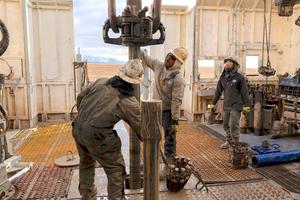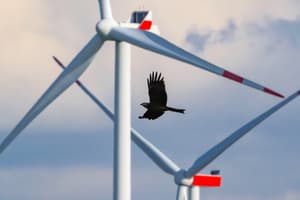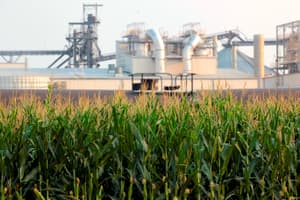The Trump administration announced a new plan that could open up an additional 6.6 million acres within the National Petroleum Reserve in Alaska to fossil fuel development, several news outlets reported. One of the plan’s proposals would allow drilling on 80 percent of the reserve, considered the largest undisturbed tract of public land in the United States.
Created in 1923 by President Warren G. Harding, the National Petroleum Reserve was originally set aside as an emergency oil supply for the U.S. Navy. Management of the land was transferred to the U.S. Bureau of Land Management in 1976. The reserve is estimated to contain as much as 8.7 billion barrels of undiscovered oil, The Washington Post reported. Located on Alaska’s North Slope, the reserve is also an ecologically important area, providing critical habitat for thousands of migrating birds, caribou, polar bears, grizzly bears, wolves, and wolverines.
The Obama administration enacted a plan in 2013 that limited drilling to about 50 percent, or 11.8 million acres, of the reserve, with the other half protected for wildlife and cultural values, Reuters reported. But the Trump administration argued that new oil discoveries and the spread of oil development elsewhere on the North Slope justify the new, expanded plan.
“With advancements in technology and increased knowledge of the area, it was prudent to develop a new plan that provides greater economic development of our resources while still providing protections for important resources and subsistence access,” Chad Padgett, BLM’s Alaska state director, said in a statement. The plan is now subject to a 60-day public review.
The National Petroleum Reserve proposal is the latest step in the Trump administration’s effort to open up additional areas in the Arctic to fossil fuel production. The BLM is currently planning a lease sale for part of the Arctic National Wildlife Refuge, which lost its protected status in 2017 as part of Congress’ tax overhaul bill.



